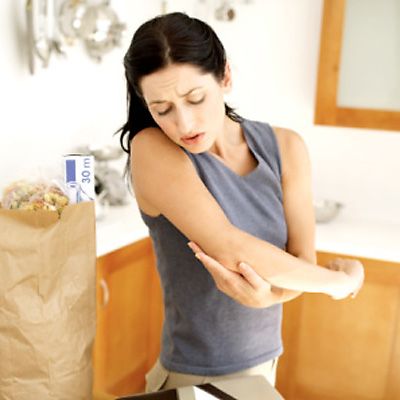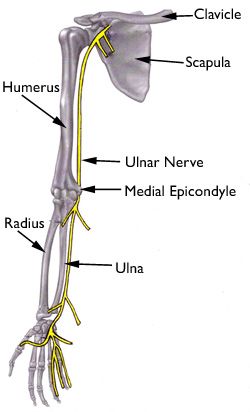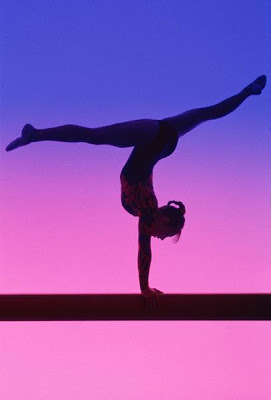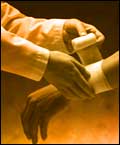 |
| Image Credit: geniusbeauty.com |
Many cases of injury originate from attempts to have fun. In winter, many people seek to take full advantage of the holidays and the snow, and engage in activities that sometimes leave them with several broken bones. If wearing an arm cast is not your idea of celebrating the Yuletide season, try these tips.
Warm up
Cold temperatures can leave the muscles in a state that is more prone to injury. It is best to take a few warm-up exercises especially if you are engaging in strenuous activities. For instance, you can take a few warm-up runs before skiing in new terrains.
 |
| Image Credit: runnersvoice.org |
Know the terrain
Keep track of rocks, roots, fences, ridges, and others. Knowing where obstacles are can help you avoid them and the possibility of being injured because of them. Moreover, navigating through snowy ground poses certain difficulties; it is best for you to stay in marked trails. Ice is slippery, so staying in areas such as steep slopes and inclines is the beginning of injury.
Be properly equipped
Make sure to wear the proper equipment or attire. When walking in snowy or icy ground, use shoes with lots of tread as these offer more grip and minimizes the risk of slips. Wear several layers of loose garments. This can protect you from the cold and offers you the convenience of removing or adding layers depending on the need.
 |
| Image Credit: ahikingblog.com |
You gain nothing from being overly complacent in winter—except scratches and broken bones. Doctors can treat fractures, but no one can return the winter holidays you lost because of broken limbs.
Norman K. Poppen, MD, is a recognized expert in the surgical treatment of musculoskeletal problems. Visit this Facebook page to learn more about him.














